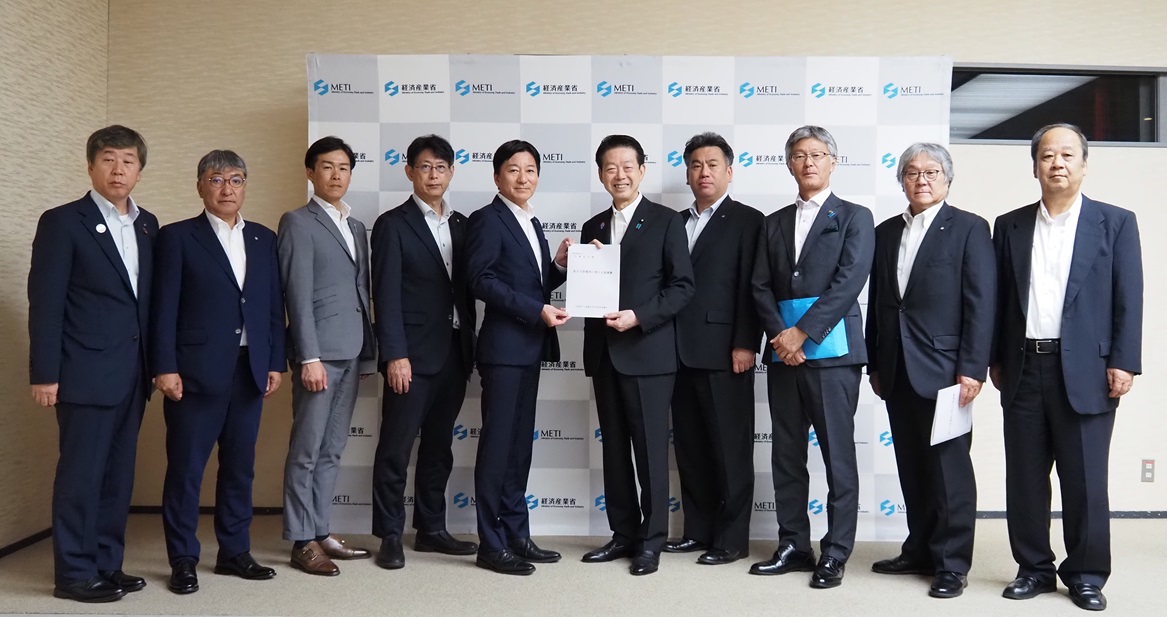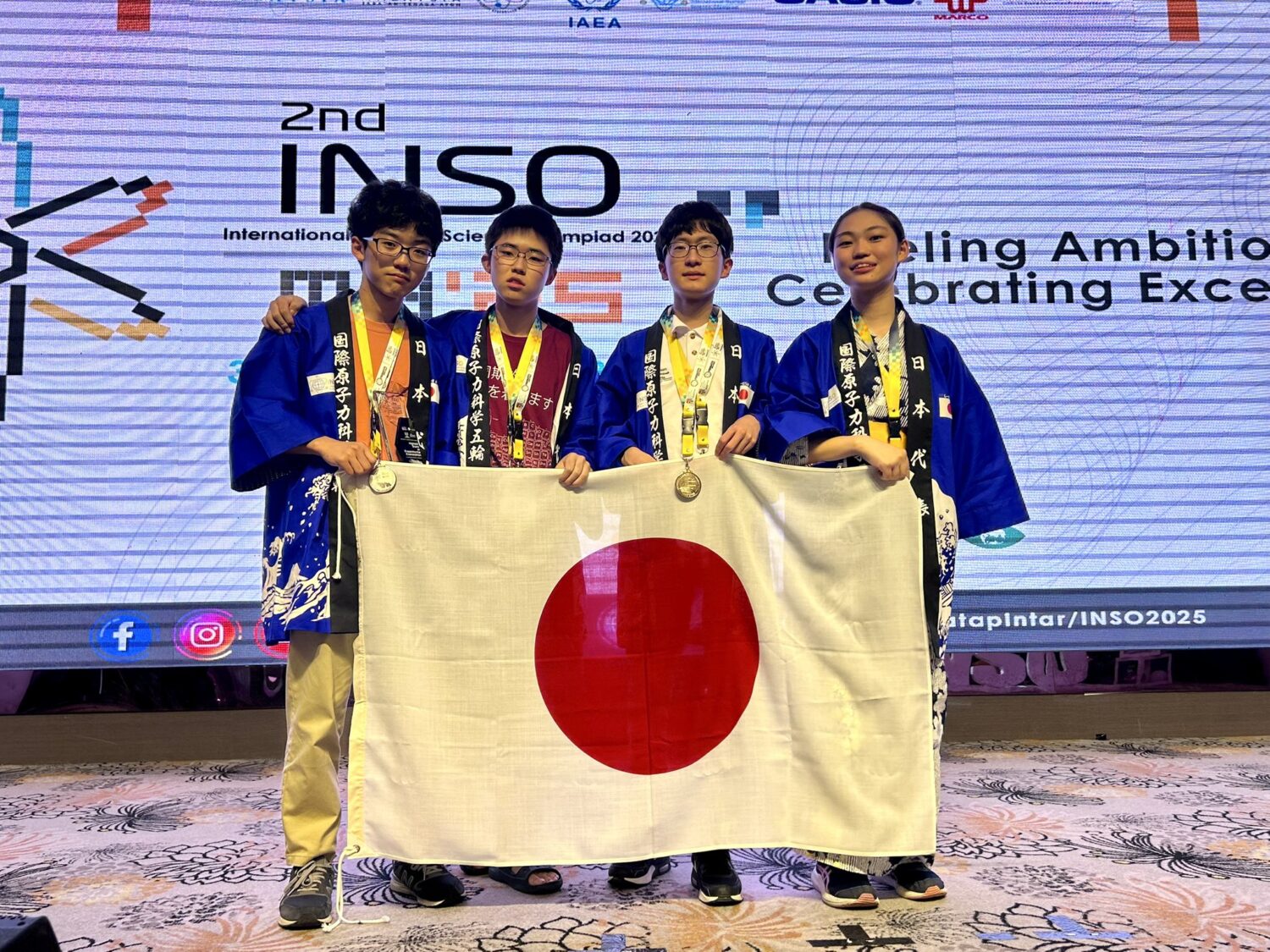The current 6th Strategic Energy Plan—approved by the Cabinet in October 2021—is due for revision under law after three years. Since the current plan was issued, efforts have been made for thorough energy conservation, the introduction of renewable energies to the fullest extent, and the restart of Japan’s idled nuclear power plants, based on the fundamental principle of achieved safety.
Also, Japan established a new legal framework in 2023 in accordance with the basic policy aimed at implementing the country’s policy of green transformation (GX).
Overseas, meanwhile, geopolitical risks have increased on account of such developments as the Russian invasion of Ukraine and intensifying conflicts in the Middle East, with ramifications for energy security.
Against the backdrop of those global and domestic circumstances, the Strategic Policy Committee has been addressing the next (7th) Strategic Energy Plan since May 2024.
At the December 17 meeting, Commissioner MURASE Yoshifumi of the Agency for Natural Resources and Energy (ANRE) first expressed his gratitude to the committee members—who had already met 13 times for discussions—for “providing valuable views and opinions from various viewpoints.”
He then said that “securing decarbonization power sources that meet the increasing demand for power will be a key to sustaining Japan’s economic growth.” He emphasized that energy policy and economic policy should have gone hand in hand.
The draft, he said, given the vulnerability of Japan, with its limited resources and territorial characteristics, showed a course of action that balances required energy actions without depending on specific power or fuel sources.
One day before, on December 16, the Strategic Policy Committee’s Power Generation Cost Verification Working Group, has released a report verifying the estimates of per-kWh generation costs for 18 different power sources as of 2023 and 2040, with new power-generation facilities to be constructed and operated.
At the committee’s December 17 meeting, then, the results of the working group’s deliberations were explained by its chair, AKIMOTO Keigo, chief researcher of the Systems Analysis Group at Japan’s Research Institute of Innovative Technology for the Earth (RITE). Details of that report were released by AIJ on December 25, 2024.
A representative of ANRE then explained the draft of the 7th Strategic Energy Plan, which he said would continue to be based on the following:
- The starting point of experiences, regrets, and lessons learned in the March 2011 accident at Fukushima Daiichi.
- The basic viewpoint of government’s S+3E policy, namely, the S of safety along with the three E’s of energy security, economic efficiency, and environmental protection.
The strengths of nuclear power were identified as supply stability, technological self-sufficiency, low generation costs comparable to other sources without their variabilities, and stable power generation with a constant output.
The government will endeavor to achieve co-prosperity with siting areas, as well as to deepen and enhance communications with different layers of the public. It will also accelerate back-end processes, while pursuing joint efforts between the public and private sectors aimed at accelerating the restart of idled NPPs.
The latest draft plan has removed all references to “reducing dependency on nuclear power as much as possible.” As for the building new and replacement NPPs, it states that the nation “will seek specific courses of actions enabling nuclear power operators to replace those NPPs whose decommissioning has already been decided with next-generation advanced reactors at those sites.”
At the same time, Japan will carry out R&D toward the development and installation of next-generation advanced reactors, and will work to maintain and strengthen supply chains and human resources.
In support of the draft plan, participants in the meeting also released its outlook about energy supply-and-demand outlook to 2040. According to that, Japan’s electricity demand will likely rise to between 1,100TWh and 1,200TWh by the year 2040, with the following energy mix: renewable energies at 40% to 50%, fossil fuel power at around 30% to 40%, and nuclear energy at about 20% percent.
The Strategic Policy Committee met again on December 25 to finalize the draft of the next Strategic Energy Plan. The draft has been made open to the public for comments.
The 7th Strategic Energy Plan will be finalized during the current fiscal year (i.e., by March 31, 2025), together with related policies, including plans for measures against climate change. It is expected to be incorporated into the GX2040 Vision, a national strategy, including Japan’s industrial structure around 2040.




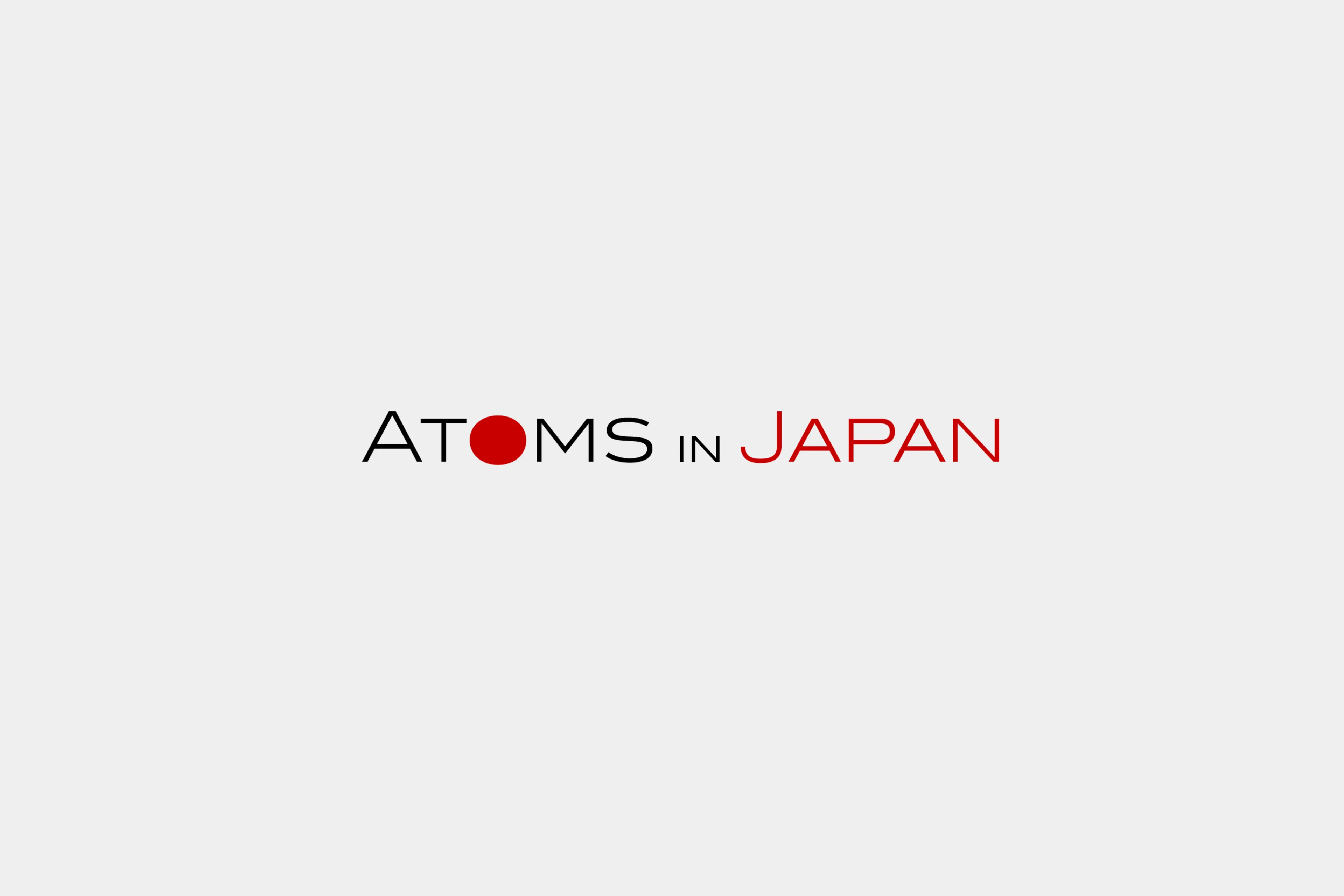
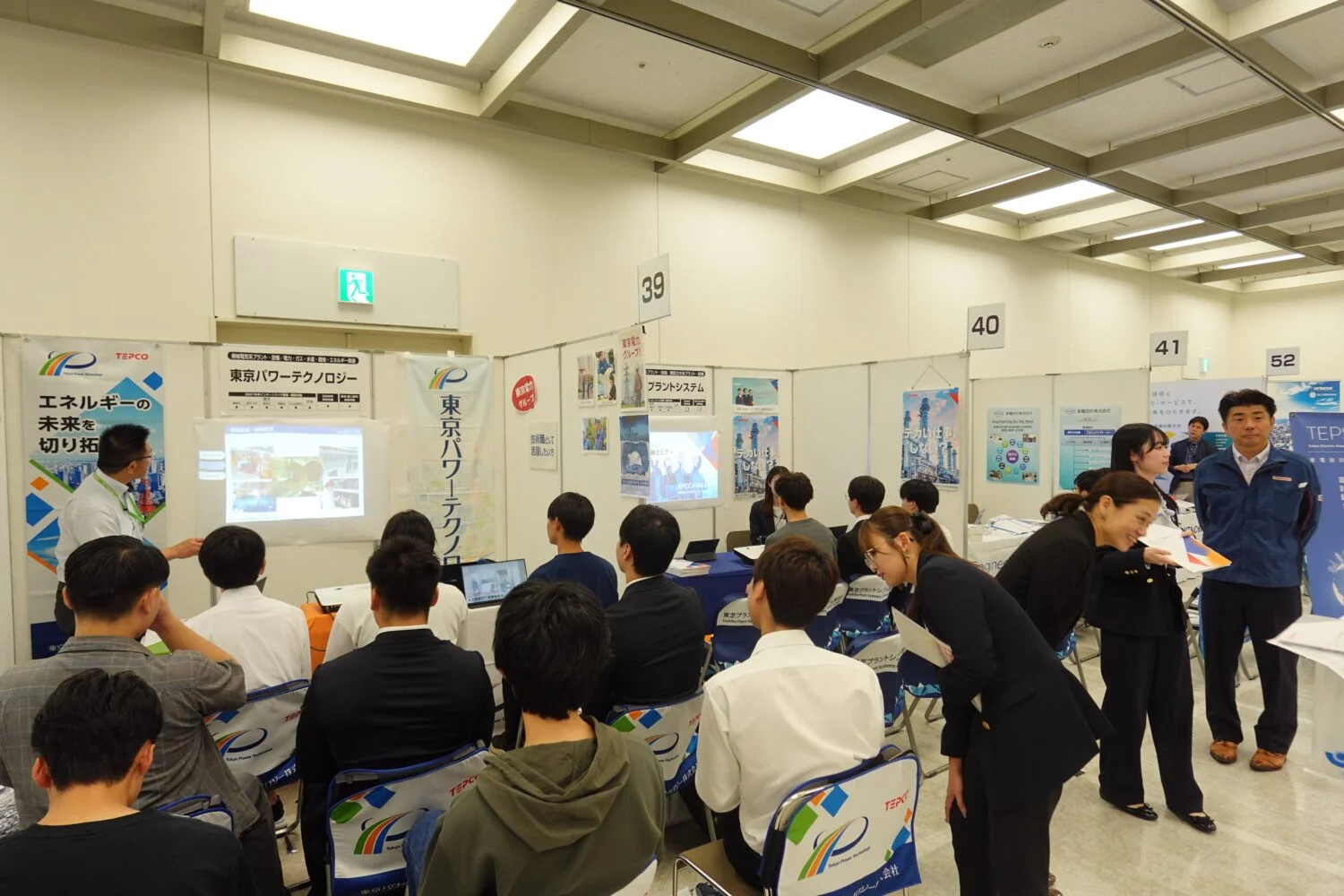

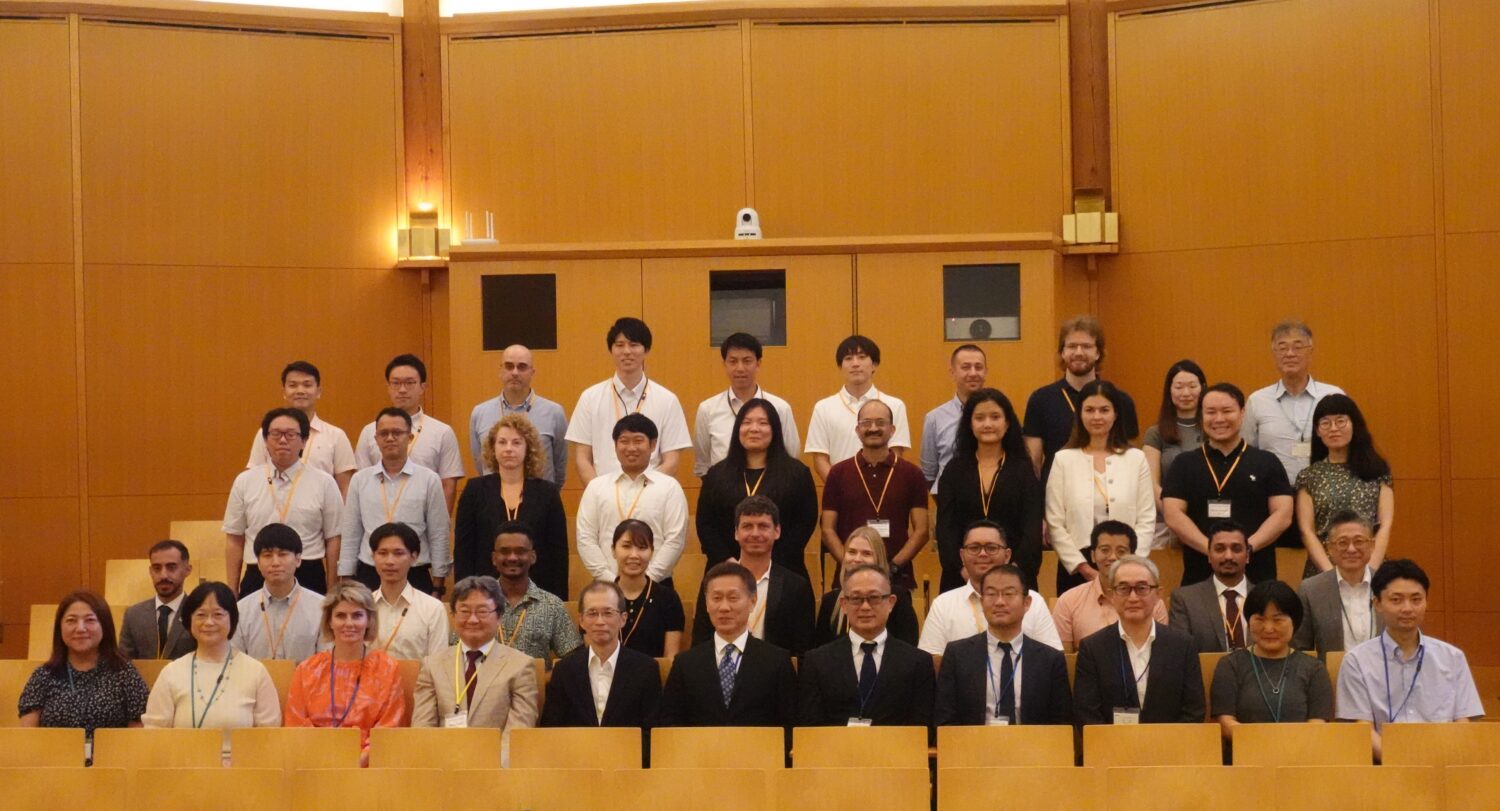
.jpg)
